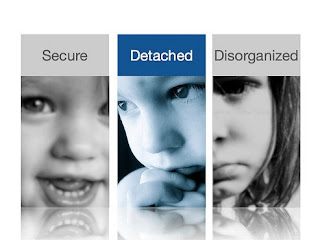Adoptive Parents and Reactive Attachment Disorder

A major problem with the diagnosis of Reactive Attachment Disorder (RAD) is the painful truth that many of the very individuals we moms and dads turn to for help - professionals in the mental health, neurological, and medical fields - often lack the knowledge and expertise to treat our kids. One of the first doctors I took my youngster to told me that my youngster would end up institutionalized and that if a PET scan were done on his brain, it would look like Swiss cheese - black holes of non activity where there should be brain activity. That there is nothing much I could do for him as "...these Romanian kids were hopeless cases..." My youngster was 7 years old when I was told this by a prominent neurologist. I didn't believe in giving up. This youngster was my responsibility and I would work hard to figure out how to help him. How I would have loved it if there were professionals willing and able to treat my youngster - who believed in positive change in his l...



